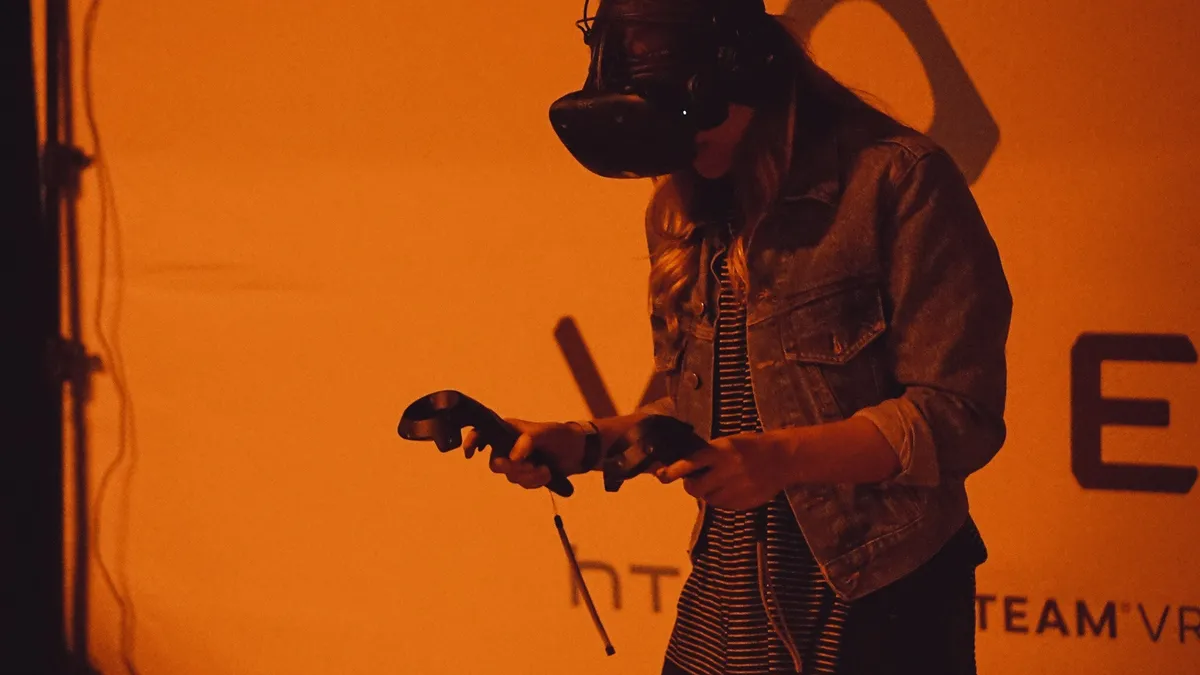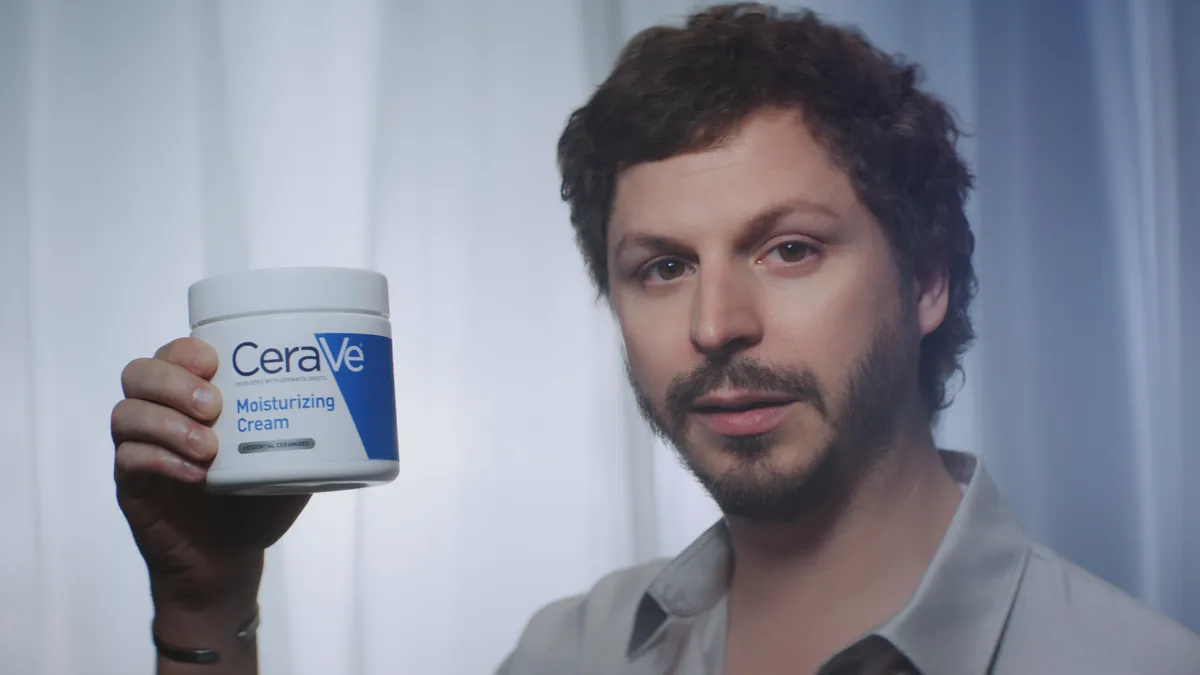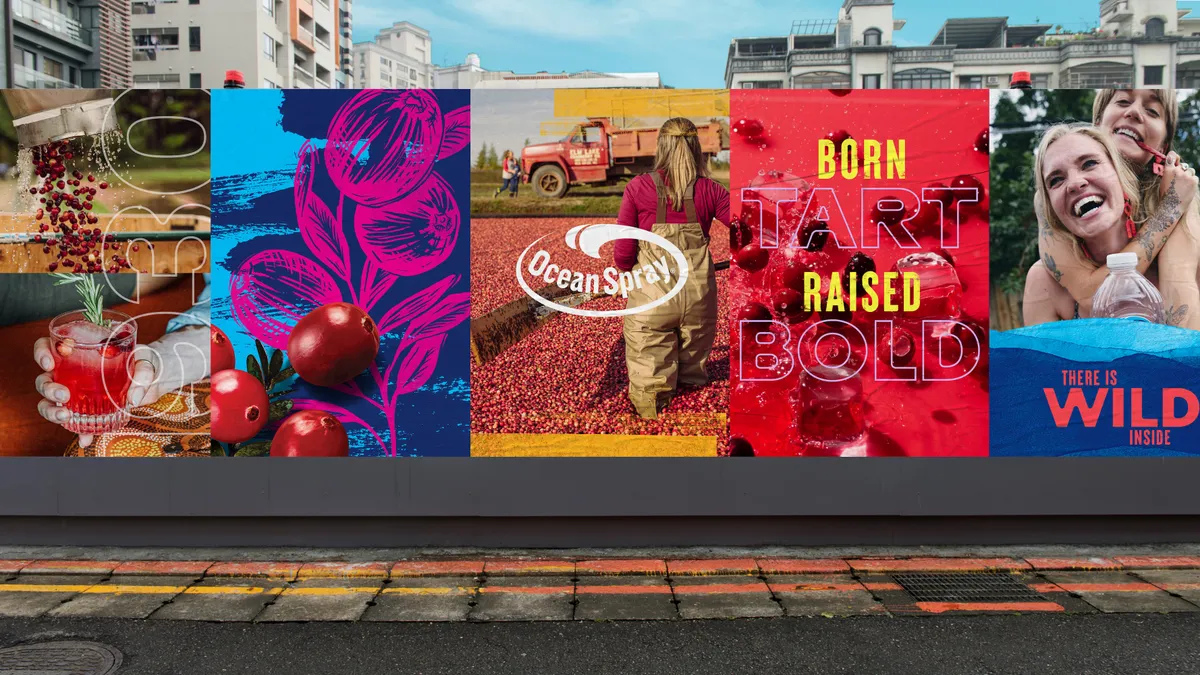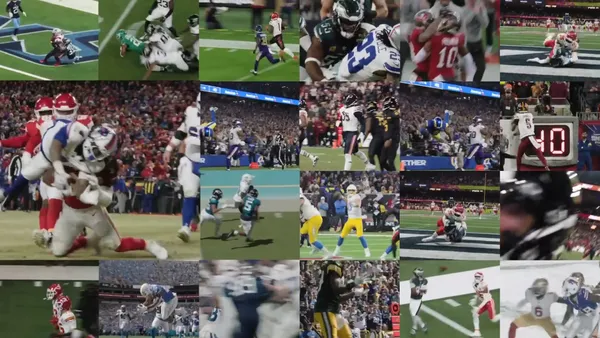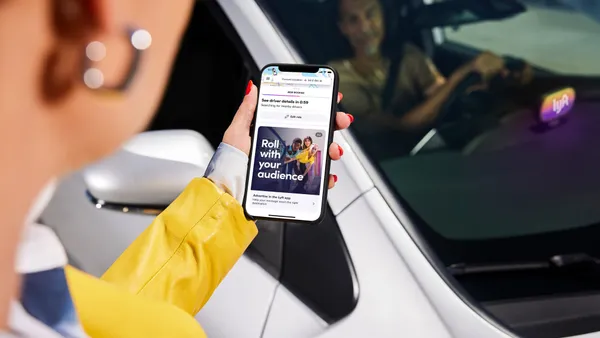Dive Brief:
- Augmented and virtual reality technology received more than $800 million in investments during Q2 2017, pushing the total for the past 12 months to just under $2 billion, according to investment firm Digi-Capital. This number is a major jump from $350 million in Q1 this year and just under $400 million in Q2 last year.
- The company's study released yesterday surveyed the activity among companies in 27 industries including advertising and marketing, games, education, social media and video. Investment still hasn't hit the record peak of 2016 when $1.2 billion was invested in Q1 and $2.4 billion in the prior 12 months, with VR headset maker Magic Leap receiving more than $1 billion of funding alone.
- The firm forecasts more than a billion users and $60 billion in revenue for mobile AR in the next five years.
Dive Insight:
Investment in AR/VR technologies has risen steadily — even as mass-market adoption has varied —and is expected to accelerate with the launch of Facebook's Camera Effects Platform and Apple's ARKit, Digi-Capital said. Snapchat and Facebook are helping to drive this growth among smartphone apps, according to eMarketer. AR usage is estimated to grow 30% this year to 40 million people in the U.S. and reach 54.4 million people by 2019, the research group said. Snapchat Lenses and Facebook Stories, which have AR features that overlay digital images on the real world using a mobile device, will be the most common way for consumers to be introduced to the technology.
Digi-Capital notes that AR adoption is expected to get a boost from Apple's iPhone 8, which may be released as early as September. Apple's next phone is expected to have AR built into the device, a move at least one analyst believes will result in a "paradigm shift" as the company has a reputation for making technology accessible and user-friendly. Apple and Facebook are reportedly racing to create AR-ready glasses to challenge upstarts in the space like Magic Leap, according to the Financial Times.
While Snapchat and Facebook are helping to get advertisers on board with AR, the technology is still in a nascent stage for both brands and consumers. AR has many more promising applications for brand marketers, which can place virtual promotions inside stores that can only be seen via a mobile app, for example. Clothing retailers could use AR to let people try on virtual versions of clothes to save time spent in changing rooms.
VR, on the other hand, typically requires a pricey headset to show immersive landscapes, making it slower to catch on, according to eMarketer. Only 2.9% of the U.S. population will use a VR headset at least monthly this year. That number is forecast to grow to 5.2% by 2019 with significant adoption among video game fans, however. Facebook and YouTube will help to drive smartphone viewership of 360-degree videos, which eMarketer classifies as a form of VR.


